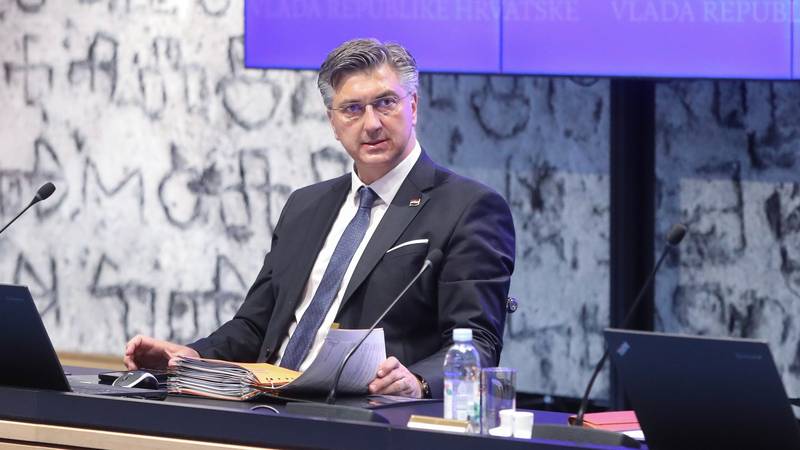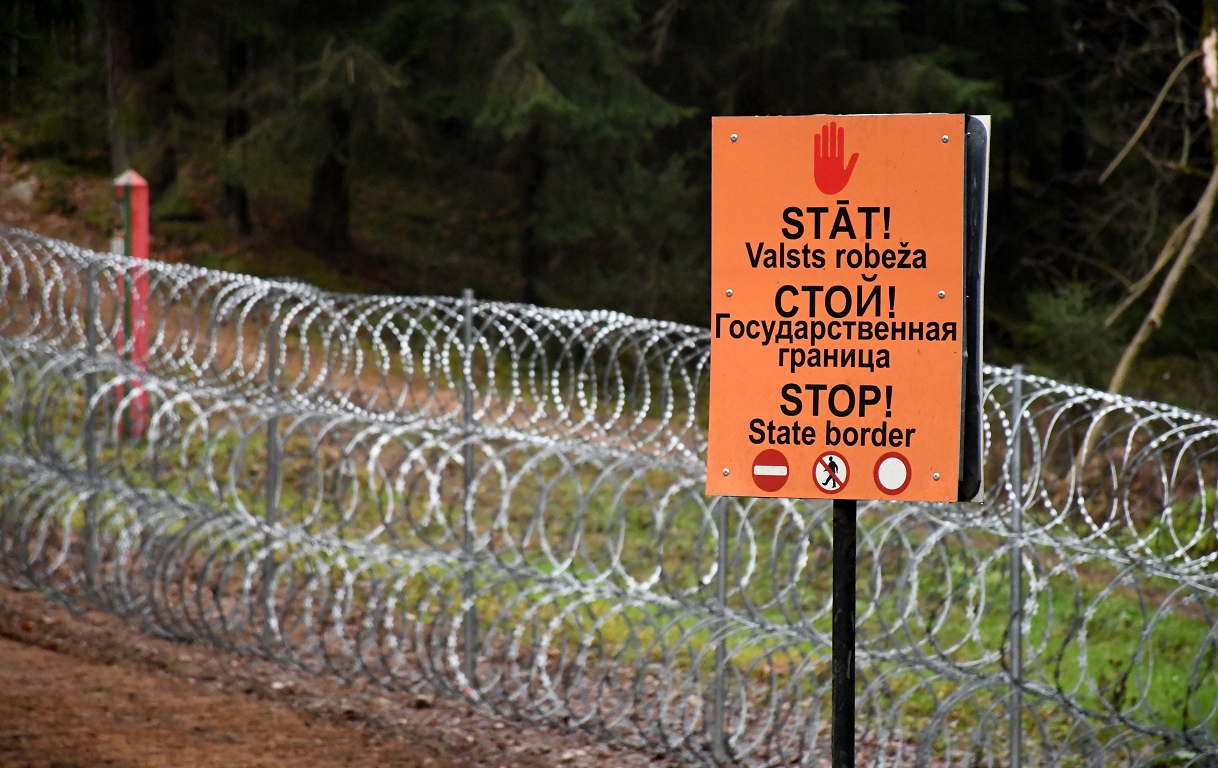Dydnia is the poorest commune in Poland. How is it alive here?
Dydnia has 7.5 thousand inhabitants. The largest employer is … the commune office. It is here that the most job applications get. There are a handful of companies – there are delicatessen, fuel station, individual service facilities. Lack of large investors and restaurants that would operate all year. This is the largest development brake.
– We focus on tourism, because we have the greatest potential – says the head of Dydnia, Bożena Chorążak. – Beautiful areas, traveling trails, picturesque San Valley, and above all the church trail, headed by the famous church in Ulcza – the oldest wooden church in Poland, which even attracts trips from abroad. It is possible that next year you will be able to put into use the observation tower, from where even in good weather you will be able to see even Bieszczady peaks.
But for now the infrastructure is not keeping up. There is a lack of water supply network, there are no sewage in two villages, some roads to farms are in a deplorable state. The head of the village says directly: – We turn each zloty twice. We don't have money for everything.
Young people leave, but some come back
How is it alive here? Residents say unequivocally – better than before. Although many young people go to larger cities or abroad, some return and try to invest here.
– It's normal, work here is not enough, everyone is looking for a better life – says Mr. Zbigniew Kaczkowski, a resident of the commune from birth. – But there are those who come back and try to invest here. It enjoys.
Those who stay value peace and stability. Mr. Andrzej Bożydar (84 years old), a pensioner, emphasizes that he lacks nothing in the departments.
– Shops are, schools are, the church is beautiful. It is known that life is expensive, but taxes are not burdensome.
The younger generation also sees the benefits of life in the commune. Mrs. Katarzyna thinks that this is a beautiful corner where everything is at your fingertips.
– From urgent needs? Well, maybe a bay at the school could be useful to make it even safer – he adds.
There are investments, but it's a drop in the sea
The annual budget of the commune is PLN 90 million, of which more than half consume current expenses. Modest funds remain for development, but nevertheless dying step by step tries to change its reality. Currently, the biggest challenge is the expansion of the sewage treatment plant – a project for PLN 23 million, partly financed from external funds. This investment is to improve the quality of life of residents and prepare the commune for the future.
At the same time, a magnificent bridge is being created near the snares – it is a poviat undertaking, but it can contribute to improving communication and become a developmental impulse for the commune. Despite these investments, Dydnia is still struggling with problems – there is a lack of a direct bus to Rzeszów, and the cost of maintaining schools increases faster than educational subsidies.
– I am a teacher by profession. The last thing I would do was the liquidation of schools – emphasizes the head of the village. – School is not only a place for children, it is the heart of every village. It connects generations, integrates the community.
Does Dydnia have a chance for a better future?
Despite the modest income, residents do not complain. They know that they cannot count on great investments, but they want to develop what they have. Tourism is hope – if more visitors can be attracted, it can give the impulse to the creation of new companies and services.
For now, however, the municipality must count every zloty and wait for better times.
Dydnia at the end of the list. Report of the Ministry of Finance
Every year, the Ministry of Finance publishes a list of tax revenues of municipalities, poviats and voivodships. This indicator shows how much money flows into the local government budget from taxes, converting it into one resident. On this basis, among others Development subsidies – i.e. additional funds for poorer municipalities – and mandatory payments for the richest ones.
In this year's ranking, Dydnia was at the very end – the G indicator is PLN 580.51 per capita. For comparison, in the richest municipality of Kleszczów (Łódź Voivodeship) the same indicator is as much as PLN 23,773.77.
What does this mean?
The low indicator does not mean, however, that the inhabitants are poor. The commune's income is primarily revenues from taxes from companies, entrepreneurs and industrial plants. Where large business operates – e.g. mines, power plants or production plants – budget revenues are high. In small, agricultural municipalities such as Dydnia, where minor business dominates, income is much lower.
Despite the modest budget, the municipality is still developing, using the available external funds and ensuring improving the living conditions of the inhabitants.
See also:
A gigantic flyover is created in Podkarpackie. It has not been so high in Poland yet
Profanation in Dydnia. Who disfigured the archangel's face?!
Cannibalism was practiced in today's Lesser Poland. A shocking discovery of researchers
/29
– / Laskar-Media
Dydnia in Podkarpacie.
/29
– / Laskar-Media
A bridge on a sleigh is being built nearby.





